Tuesday, April 10th, 2012
Egyptian Hands
When I introduce students to Egyptian art, I often show them a short clip from Nigel Spivey’s documentary series, How Art Made the World. I like this clip for a couple of reasons, particularly since it introduces some of the Egyptian conventions for representing the human form. One of the parts that I think it particularly interesting is seen at 4:36 in the clip below, when Nigel discusses how Egyptian hands were represented.
Nigel explains that Egyptians were depicted with two identical hands (with “palms facing outwards”) and with fingers that were a “nice uniform length.” In other words, there is no differentiation between right and left hands. And, if you look at Egyptian art, you will find lots of examples that fit with Nigel’s description (although not every palm is necessarily represented as “facing outwards”). Notice the identical hands of the woman on the right side of the Stele of Amenemhat (see below), and also how the hands of the men are interlocked in an awkward way.
It must be difficult to play the harp with two right thumbs!
For a general audience, I think that Nigel’s description of identical hands is fine. However, there are lots of other examples that don’t perfectly fit this description. Several Egyptian artists took time to represent two different hands. In fact, some works of art will depict one figure with identical hands and another figure with distinct hands. For example, one representation of King Tut (shown below, seated) shows the ruler with two left hands, while Queen Ankhesenamon has both a right and left hand.
The same thing can be observed with the identical hands of Hu Nefer (from a Book of the Dead), but the varied hands of the god Horus:
Here is another instance, where the artist has taken pains to represent two different hands:
Luckily for this carpenter, he is able to make his chair with both a right and a left hand:
As of yet, I have not found any scholarship which addresses the different representations of hands in Egyptian art. Perhaps it is too much of a daunting task to undertake. (But if anyone knows of such scholarship, please let me know!) Are composition and description the primary two considerations in every single instance where hands are represented? Perhaps so. However, I wonder if identical hands and/or varied hands might have other significations, at least in certain contexts.
Any thoughts? Does anyone have a favorite depiction of identical (or non-identical) hands from Egyptian art?
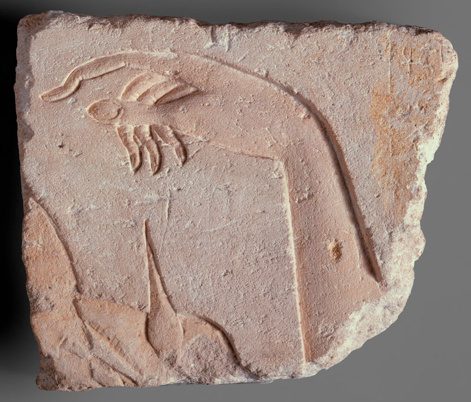
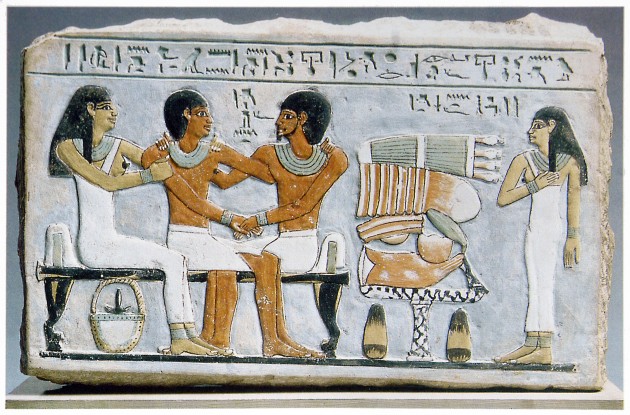
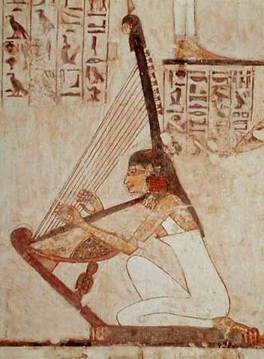
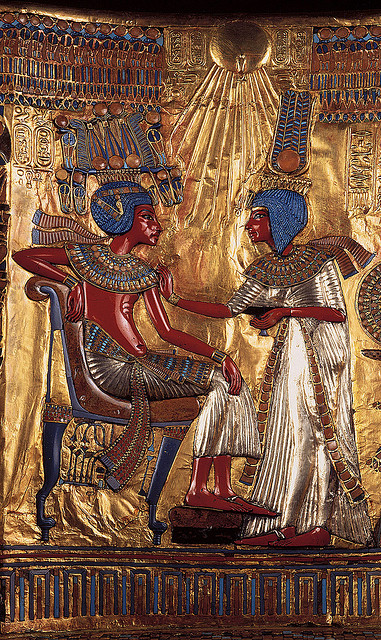
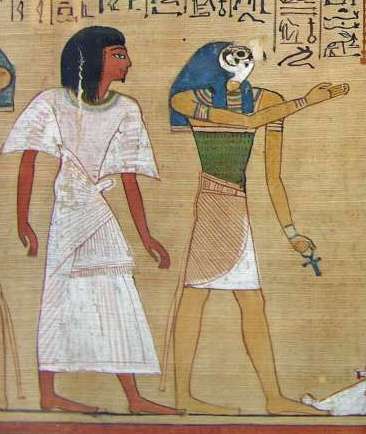
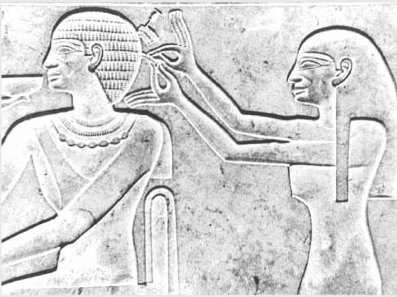
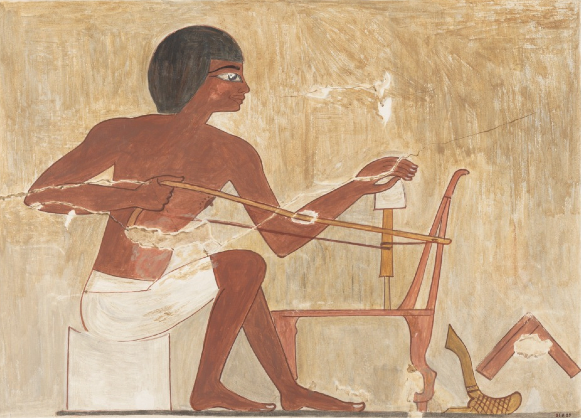
It seems like a lot of the examples you gave of images with left/right hands are from the New Kingdom period. Do you think outside cultures Egyptians encountered in that era might have influenced them in being more naturalistic with hand depictions?
Could it be that in some cases there are more than one artist involved? What about feet? When do they start to be different?
Wow, I’d never noticed this before. Fascinating post! I’ll never look at Egyptian art the same again. (The fragment at the beginning is BEAUTIFUL!) Thanks!
First time here and I’m really enjoying your blog!
Now I don’t know the reasons why ancient Egyptians had two right hands, but I do know that “Principles of Egyptian Art” by Heinrich Schafer deals with pretty much all the details of Egyptian art and, more importantly, why it looks the way it does. Bit outdated in some cases, but still one of the best books on Egyptian art I’ve ever read. I’d really recommend checking it out!
Hi Karen and FlyingFox. Thanks for your comments! I’ll be sure to check out “Principles of Egyptian Art.” Sounds like a great resource. If Schafer gives any discussion that relates to the representation of hands, I’ll be sure to include it here.
Hello
I have been watching online the debate about a Egyptian scene which Joseph Smith Mormon prophet said was Abraham being sacrificed on an alter.the scene when published shows the person on the Lion couch with two hands in he air. When Egyptologists look at it they say the top hand is the wing of a bird (isis?) The “hand’ looks uneven but the other hand looks straight. Did Egyptians draw a hand with fingers the same length?
If you do a google search for facsimile 1 you will locate it. If it is better to email me i can forward more information
We visited the Egyptian exhibit at the Kimbell Museum in Fort Worth, Texas today, and I found it strange that Egyptian artists, who obviously could draw a realistic human figure, drew two right hands. I asked a docent, who said that it was because the art of perspectival painting had not been discovered yet, which I found singularly unconvincing. The right hand often serves as a symbol of strength and power, and, since all the paintings depicted royalty with their hands raised, I wondered whether the two right hands were meant to indicate a plenitude of power. I’ve just started looking into this matter and haven’t found anyone who puts forth that theory yet, but it seems plausible to me.